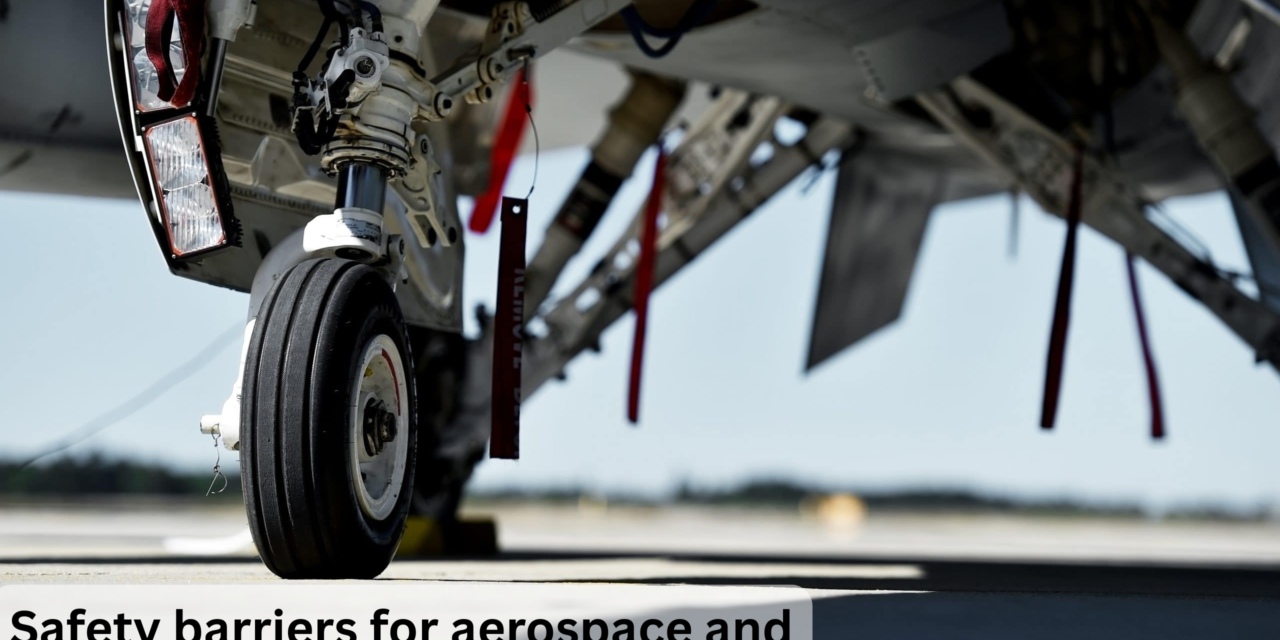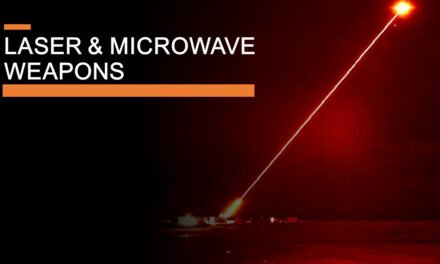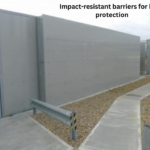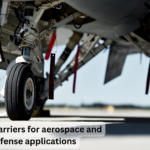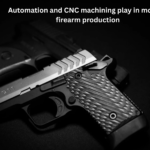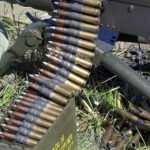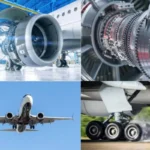The manufacturing of safety barriers for aerospace and defense applications requires materials that offer high strength, impact resistance, and durability while also being lightweight and resistant to environmental factors. The primary materials used in these applications include:
1. Aluminum Alloys:
- Properties: Aluminum is a lightweight, corrosion-resistant material with good strength-to-weight ratios, making it ideal for aerospace and defense applications.
- Use: Aluminum alloys are commonly used in aircraft fuselages, wings, and safety barriers in areas like cockpit partitions, blast shields, and cargo hold barriers. They provide the necessary strength to withstand impacts while keeping the overall weight of the structure low.
2. Titanium Alloys:
- Properties: Titanium is known for its high strength, low density, and excellent corrosion resistance, even in extreme environments such as high altitudes or outer space.
- Use: In aerospace and defense, titanium alloys are used in safety barriers where higher strength is required. Titanium mesh or titanium plates are often used for blast-resistant barriers and to protect critical components in military vehicles, aircraft, or spacecraft.
3. Composite Materials (Carbon Fiber and Fiberglass):
- Properties: Carbon fiber and fiberglass composites offer an excellent strength-to-weight ratio, high impact resistance, and the ability to absorb and distribute energy, making them ideal for barrier applications.
- Use: Carbon fiber reinforced polymers (CFRPs) are increasingly used in aerospace for safety applications due to their lightweight properties and strength. These materials are used in impact barriers, blast shields, and seat protection systems on aircraft and military vehicles. Fiberglass is another common composite material used for lower-cost applications requiring good strength and energy absorption.
4. Steel Alloys (High-Strength Steel):
- Properties: High-strength steel alloys, such as maraging steel and carbon steel, are used for their exceptional strength and durability under impact or stress.
- Use: Steel is often used in applications requiring maximum protection, such as hull armor, ballistic shields, and blast-resistant panels. These materials are often used in military aircraft, armored vehicles, and naval ships for structural integrity and to withstand high-energy impacts.
5. Kevlar and Aramid Fibers:
- Properties: Kevlar is a type of aramid fiber known for its high tensile strength, impact resistance, and light weight. It can absorb and dissipate energy from impacts, making it an excellent choice for safety barriers.
- Use: Kevlar is often used in ballistic shields, armor plating, and blast-resistant barriers. It is commonly found in military vehicle armor, aircraft seats, and personnel protective equipment due to its high strength and energy-absorbing properties.
6. Polycarbonate and Acrylic:
- Properties: These materials are optically clear, tough, and impact-resistant. Polycarbonate has a high degree of toughness, while acrylic is often used for lightweight applications.
- Use: Polycarbonate is frequently used in cockpit windows, canopies, and transparent safety barriers for aerospace applications, where visibility is necessary without compromising on safety. Acrylic might be used in certain window shields or small-scale safety barriers.
7. Ceramics and Ceramic Composites:
- Properties: Ceramics offer high hardness and thermal resistance, making them ideal for certain impact and blast protection applications.
- Use: Ceramic armor plates are used in military vehicles, body armor, and sometimes in aerospace for components that require extreme hardness and resistance to high-energy impacts, such as blasting and shrapnel protection.
8. Polyurethane Foams and Rubber:
- Properties: Polyurethane foams and rubber materials provide energy absorption and shock damping. These materials can be flexible or rigid, depending on the formulation.
- Use: Polyurethane foam is often used in seatback barriers, aircraft interior padding, and impact absorption structures. Rubber materials are used in seals and gaskets for vibration damping and to prevent damage from small impacts or debris.
9. Nomex:
- Properties: Nomex is a heat-resistant aramid fiber known for its high performance in extreme temperatures. It’s highly durable and resistant to both heat and abrasion.
- Use: Nomex is used in fire-resistant barriers, insulation, and protective fabrics. It is commonly found in fire-resistant clothing for aerospace and military personnel, as well as in fireproof barriers within aircraft or military vehicle compartments.
10. Ballistic Gelatin and Rubberized Fabrics:
- Properties: Ballistic gelatin simulates human tissue and is used in testing and development. Rubberized fabrics are used for flexible but tough barriers.
- Use: Ballistic gel and rubberized fabrics are used in the testing of safety barriers, such as those in military vehicles and aircraft, to simulate the real-life effects of projectiles or explosions. These materials help ensure that barriers offer optimal protection in critical situations.
Safety barriers in aerospace and defense applications require a combination of materials that offer high strength, lightweight, corrosion resistance, and impact or blast resistance. Materials like aluminum alloys, titanium, composites, and Kevlar are commonly used in the construction of these barriers to provide optimal protection in the demanding environments of military and aerospace operations. The choice of material depends on factors such as the specific threat (ballistic, blast, or impact), weight constraints, and the desired level of protection.
